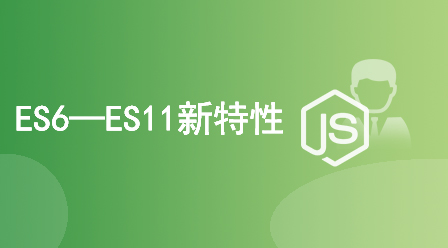go语言中面向对象的特点及应用实例
摘要:本文将介绍Go语言中的面向对象编程特点及应用实例,并通过代码示例详细说明在Go语言中如何使用面向对象的思想进行编程。
引言:面向对象编程是一种非常广泛应用的编程范式,它通过将数据和操作封装在一个对象中,并通过对象之间的交互来实现程序的逻辑。在Go语言中,面向对象编程也有着独特的特点和应用实例,本文将对其进行详细介绍。
一、面向对象的特点
示例代码1:
立即学习“go语言免费学习笔记(深入)”;
package main
import "fmt"
type Rect struct {
width float64
height float64
}
func (r *Rect) Area() float64 {
return r.width * r.height
}
func main() {
rect := Rect{width: 3, height: 4}
fmt.Println(rect.Area())
}示例代码2:
package main
import "fmt"
type Animal struct {
name string
}
func (a *Animal) SayName() {
fmt.Println("My name is", a.name)
}
type Dog struct {
Animal
}
func main() {
dog := Dog{Animal: Animal{name: "Tom"}}
dog.SayName()
}示例代码3:
package main
import "fmt"
type Shape interface {
Area() float64
}
type Rect struct {
width float64
height float64
}
func (r *Rect) Area() float64 {
return r.width * r.height
}
type Circle struct {
radius float64
}
func (c *Circle) Area() float64 {
return 3.14 * c.radius * c.radius
}
func printArea(s Shape) {
fmt.Println("Area:", s.Area())
}
func main() {
rect := &Rect{width: 3, height: 4}
circle := &Circle{radius: 2}
printArea(rect)
printArea(circle)
}二、面向对象的应用实例
示例代码4:
package main
import "fmt"
type Shape interface {
Area() float64
Perimeter() float64
}
type Rectangle struct {
length float64
width float64
}
func (r *Rectangle) Area() float64 {
return r.length * r.width
}
func (r *Rectangle) Perimeter() float64 {
return 2 * (r.length + r.width)
}
type Circle struct {
radius float64
}
func (c *Circle) Area() float64 {
return 3.14 * c.radius * c.radius
}
func (c *Circle) Perimeter() float64 {
return 2 * 3.14 * c.radius
}
func main() {
rectangle := &Rectangle{length: 3, width: 4}
circle := &Circle{radius: 2}
shapes := []Shape{rectangle, circle}
for _, shape := range shapes {
fmt.Println("Area:", shape.Area())
fmt.Println("Perimeter:", shape.Perimeter())
}
}示例代码5:
package main
import "fmt"
type Product struct {
name string
price float64
}
type ShoppingCart struct {
products []*Product
}
func (sc *ShoppingCart) AddProduct(product *Product) {
sc.products = append(sc.products, product)
}
func (sc *ShoppingCart) RemoveProduct(name string) {
for i, product := range sc.products {
if product.name == name {
sc.products = append(sc.products[:i], sc.products[i+1:]...)
break
}
}
}
func (sc *ShoppingCart) CalculateTotalPrice() float64 {
totalPrice := 0.0
for _, product := range sc.products {
totalPrice += product.price
}
return totalPrice
}
func main() {
product1 := &Product{name: "Apple", price: 2.5}
product2 := &Product{name: "Banana", price: 1.5}
product3 := &Product{name: "Orange", price: 1.0}
shoppingCart := &ShoppingCart{}
shoppingCart.AddProduct(product1)
shoppingCart.AddProduct(product2)
shoppingCart.AddProduct(product3)
fmt.Println("Total Price:", shoppingCart.CalculateTotalPrice())
shoppingCart.RemoveProduct("Banana")
fmt.Println("Total Price:", shoppingCart.CalculateTotalPrice())
}总结:本文介绍了Go语言中面向对象编程的特点及应用实例,并通过代码示例详细说明了在Go语言中如何使用面向对象的思想进行编程。面向对象编程能够提高代码的复用性和扩展性,并且能够更好地组织和管理程序逻辑,是一种非常重要和实用的编程范式。
以上就是Go语言中面向对象的特点及应用实例的详细内容,更多请关注php中文网其它相关文章!

每个人都需要一台速度更快、更稳定的 PC。随着时间的推移,垃圾文件、旧注册表数据和不必要的后台进程会占用资源并降低性能。幸运的是,许多工具可以让 Windows 保持平稳运行。




Copyright 2014-2025 https://www.php.cn/ All Rights Reserved | php.cn | 湘ICP备2023035733号